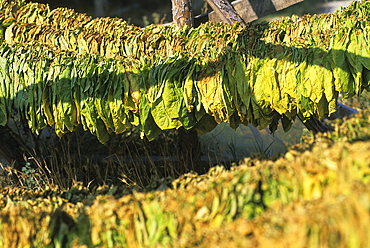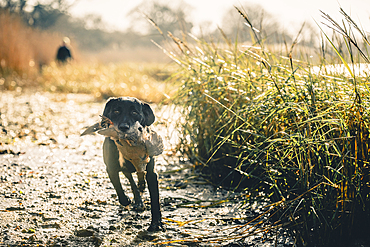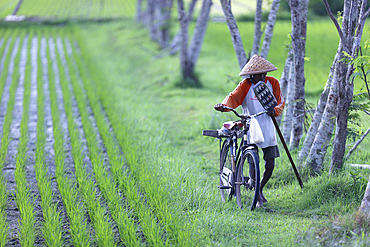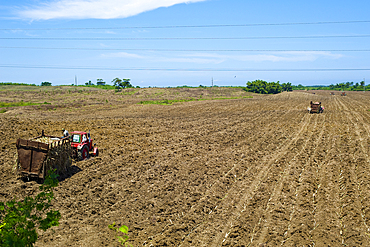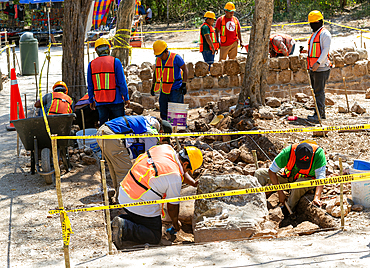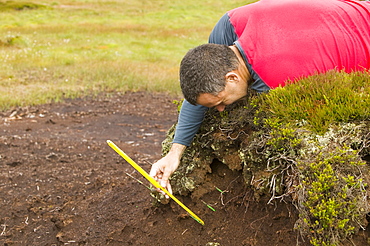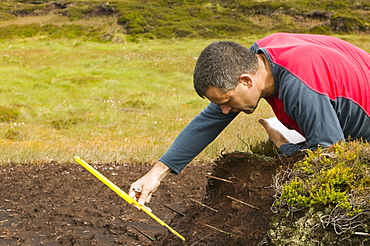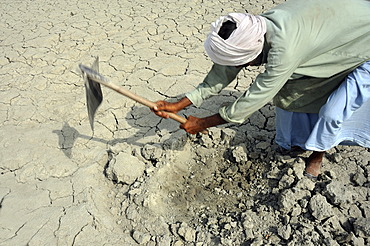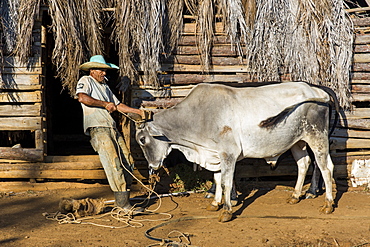Results
22 results found
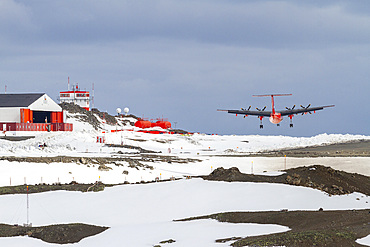
British Antarctic Survey (BAS) research plane landing at the Chilean Research base Frei on King George Island, Antarctica, Polar Regions

Man checking dried tobacco leaves, Brena Alta, La Palma, Canary Islands, Spain, Atlantic Ocean, Europe
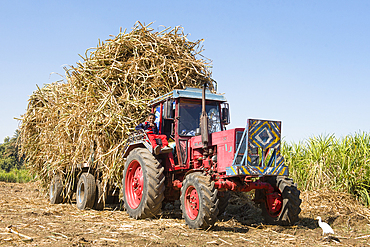
Tractor, sugar cane harvest, Ramadi village, west bank of the Nile south of Edfu, Egypt, North Africa, Africa
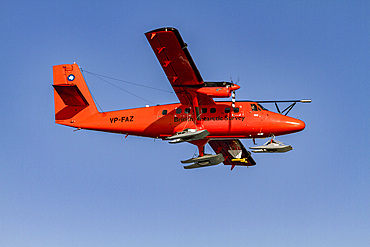
British Antarctic Survey (BAS) research plane operating in the Gullet, near Rothera Station near the Antarctic Peninsula, Polar Regions

Paddy fields in Tawangmangu area, Karanganyar district, near Surakarta (Solo), Java island, Indonesia, Southeast Asia, Asia
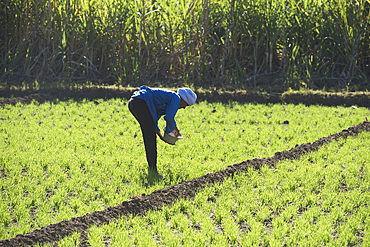
Man working in a cereal field near village of Ramadi, west bank of the Nile south of Edfu, Egypt, North Africa, Africa
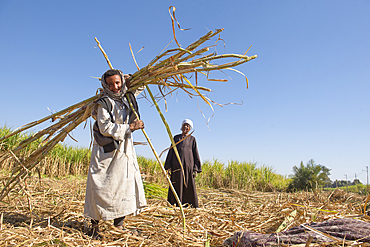
Sugar cane harvest, Ramadi village, west bank of the Nile south of Edfu, Egypt, North Africa, Africa
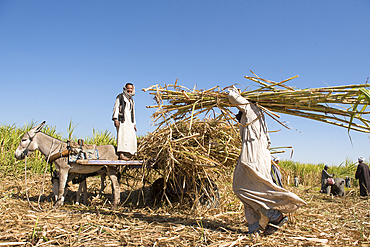
Sugar cane harvest, Ramadi village, west bank of the Nile south of Edfu, Egypt, North Africa, Africa
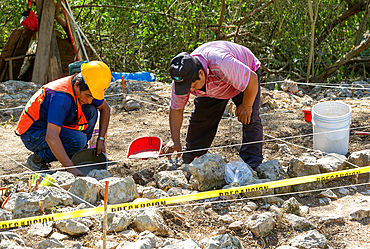
Archaeologists at work Mayan ruins, Chichen Itza, UNESCO World Heritage Site, Yucatan, Mexico, North America
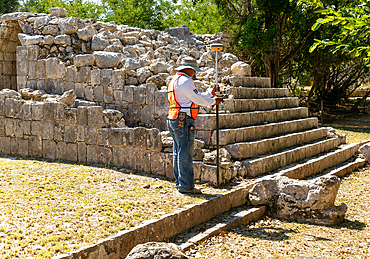
Surveyor at work, Temple of Panels (Templo de los Tableros Esculpidos), Mayan ruins, Chichen Itza, UNESCO World Heritage Site, Yucatan, Mexico, North America
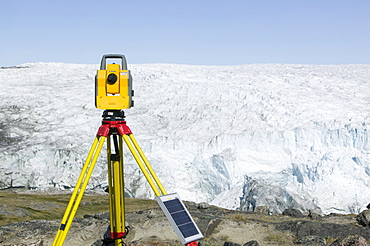
PHD scientist Ian Bartholomew's theodolite measuring the speed of the Russell Glacier near Kangerlussuaq, Greenland, Polar Regions

PhD scientist Ian Bartholomew taking measurements as part of a study to measure the speed of the Russell Glacier near Kangerlussuaq, Greenland, Polar Regions
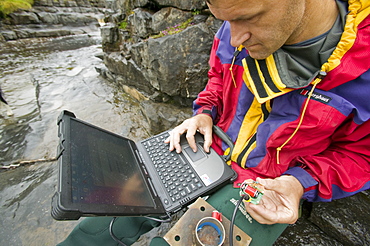
A scientist studying sediment load in a stream at Moorhouse in the north Pennines, Cumbria, England, United Kingdom, Europe

PhD scientist Ian Bartholomew taking measurements as part of a study to measure the speed of the Russell Glacier near Kangerlussuaq, Greenland, Polar Regions

PhD scientist Ian Bartholomew taking measurements as part of a study to measure the speed of the Russell Glacier near Kangerlussuaq, Greenland, Polar Regions
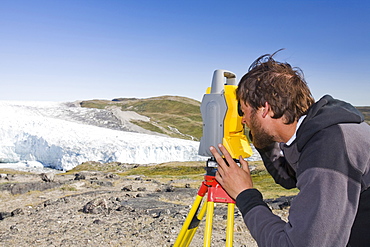
PHD scientist Ian Bartholomew using a theodolite to measure the speed of the Russell Glacier near Kangerlussuaq, Greenland, Polar Regions
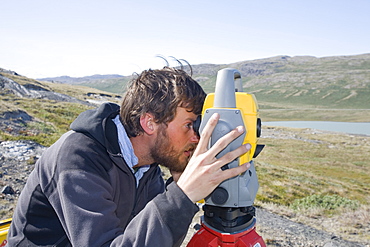
PHD scientist Ian Bartholomew using a theodolite to measure the speed of the Russell Glacier near Kangerlussuaq, Greenland, Polar Regions

Research assistants and technicians from the University of Ghana collect dust samples from the living rooms and bedrooms of children in Accra, Ghana. The samples will be analyzed for the presence of dust mites, fungus', and animal allergens to help researchers better understand why children in wealthier homes have higher rates of allergies and asthma than poorer children. The leading theory is that higher rates of helminth (parasite) infections among poorer children are affecting the immune system in a way that offers protection from allergies and asthma. The study aims to find out what the worms are doing, isolate the beneficial effect and replicate it.
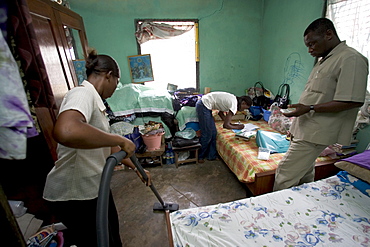
Research assistants and technicians from the University of Ghana collect dust samples from the living rooms and bedrooms of children in Accra, Ghana. The samples will be analyzed for the presence of dust mites, fungus', and animal allergens to help researchers better understand why children in wealthier homes have higher rates of allergies and asthma than poorer children. The leading theory is that higher rates of helminth (parasite) infections among poorer children are affecting the immune system in a way that offers protection from allergies and asthma. The study aims to find out what the worms are doing, isolate the beneficial effect and replicate it.
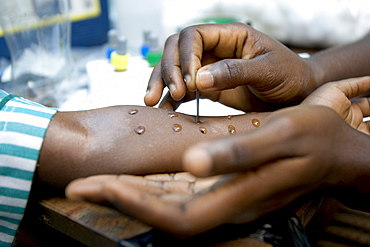
Research assistants and technicians from the University of Ghana perform basic skin prick tests on school children in Accra, Ghana to test for sensitivities to dog, cat, dust mites, grass pollen, peanuts, and cockroach allergens. The results have shown that children in wealthier homes have higher rates of allergies and asthma than poorer children. The leading theory is that higher rates of helminth (parasite) infections among poorer children are affecting the immune system in a way that offers protection from allergies and asthma. The study aims to find out what the worms are doing, isolate the beneficial effect and replicate it.
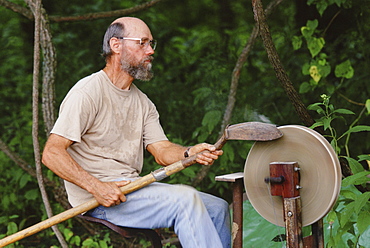
A fieldworker sharpens shovels the old fashioned way at the Big Eddy, an Archaeological site on the Sac River in southwestern, MO. Archaeologist Neal Lopinot from Missouri State University has been digging their since 1997 to gain a more complete understanding of the prehistoric record in North America. (Photo by David McLain, Aurora)
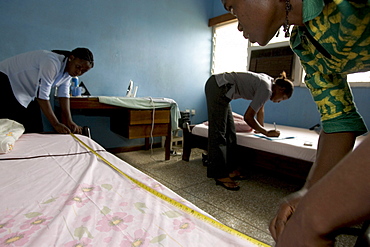
Research assistants and technicians from the University of Ghana collect dust samples from the living rooms and bedrooms of children in Accra, Ghana. The samples will be analyzed for the presence of dust mites, fungus', and animal allergens to help researchers better understand why children in wealthier homes have higher rates of allergies and asthma than poorer children. The leading theory is that higher rates of helminth (parasite) infections among poorer children are affecting the immune system in a way that offers protection from allergies and asthma. The study aims to find out what the worms are doing, isolate the beneficial effect and replicate it.
